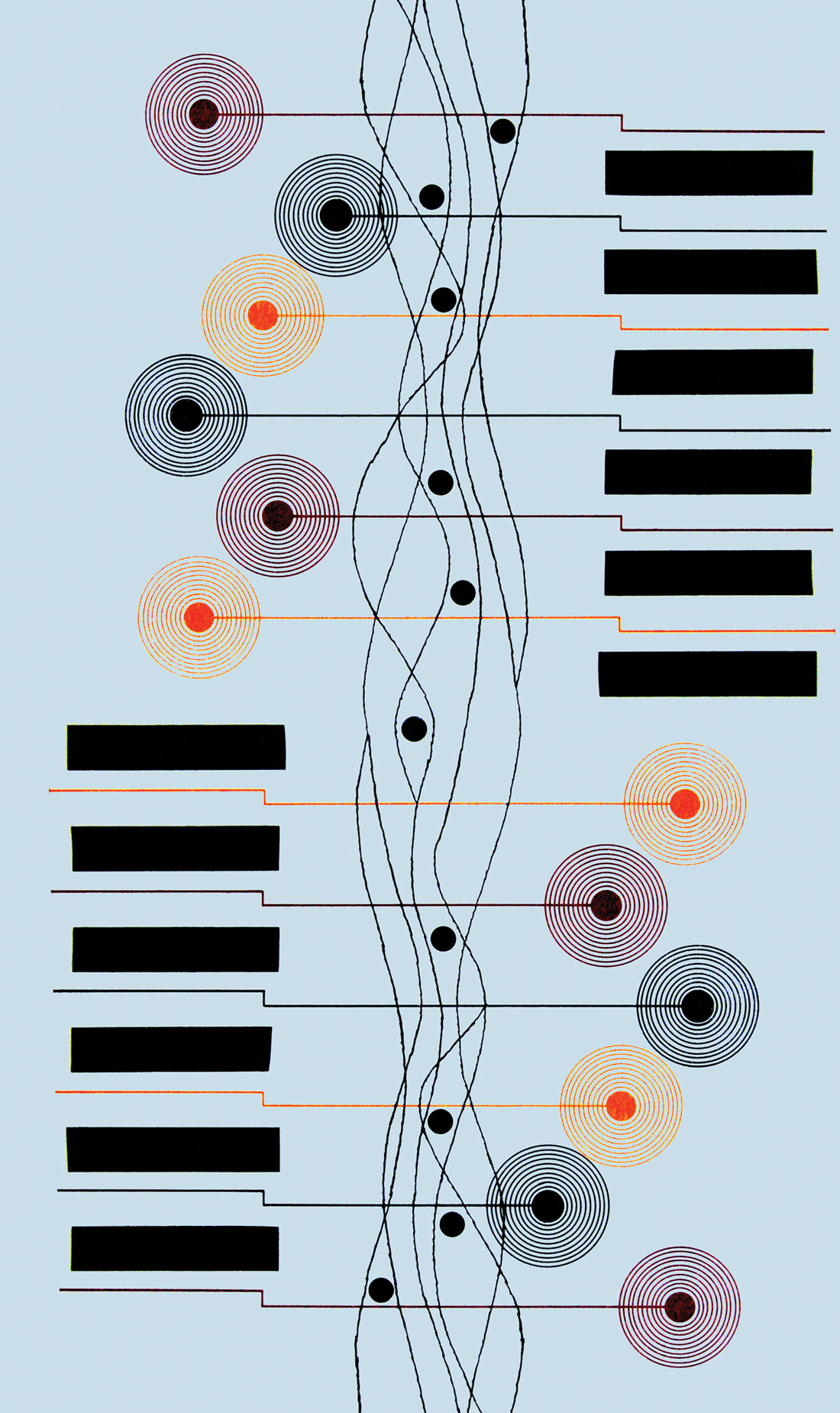The brainiacs at Radial Engineering can't leave well-enough alone. Last year, they reinvented the 500-series rack with their Workhorse rack and mixer [Tape Op #85]. Now they've gone off and released several more innovative ways to house our 500- series modules. I recently purchased three of these products: the Workhorse Powerhouse 10-slot frame; the Workhorse Powerstrip 3-slot, 1RU-height rackmount strip; and the 3-slot Workhorse Cube carry box.
The original Workhorse is a burly 8-slot frame with everything you'd expect in a 500-series powered rack - plus an onboard mixer as well as all sorts of extra I/O. You can mix/pan any combination of module outputs, sum outputs from your DAW, route audio between modules, mult/recombine signals for parallel processing, create zero-latency monitor mixes, link control signals between modules, run inserts... the list goes on.
The Workhorse Powerhouse forgoes the original's mixer, replacing it instead with slots for two more modules, while some of the intra and inter-module routing features from the original remain intact. As with the original, the rear panel includes Feed switches for cascading adjacent modules - connecting the output of one module to the input of the next. This greatly simplifies chaining modules into "channel strips," while avoiding a mess of cabling in back. For example, you could feed a mic preamp module to an EQ and then to a compressor, just by placing the modules next to each other and switching on the appropriate Feed switches. Also on the rear panel are five Link switches for pairing modules 1/2, 3/4, and so on; the switch ties together conductor 6 on the edge connectors of the paired slots. Modules that support stereo- linking, like Radial's own Komit compressor or the Grace Design M502 optical compressor [Tape Op #91], can then take advantage of a shared time constant, sidechain, or whatever signal/parameter that the specific module makes available for linking. In addition, each module slot is given an Omniport TRS jack wired to conductors 7 and 9 of the slot's edge connector. The functionality of the Omniport is also module-dependent; for example, the aforementioned Komit compressor uses the Omniport as its key input, while the Radial Shuttle Insert [#85] uses it as an unbalanced insert loop. Each of the Powerhouse's slots has both XLR and TRS connectors (wired in parallel) for input and output - very convenient for both in-rack or mobile wiring. And worth mentioning are the two binding posts for chassis and circuit ground, so that you can easily integrate the Powerhouse into your studio's grounding scheme.
The Workhorse Powerstrip condenses the Powerhouse down to a single 1RU-height strip for housing three modules in the
minimum amount of rackable space possible. The Workhorse Cube does the same, but into a carry box with a handle. All of the routing features of the Powerhouse are retained, including the Feed and Link switches. Interestingly, because the Link switches can operate against pairs 1/2 or 2/3, you can enable both Link switches for linked three-channel operation, something you can't do on the full-size Workhorses. Another feature unique to these compacts is a 48 Volt Phantom switch that globally disables the 48 V rail from the power supply. Perhaps this is to prevent potential damage when chaining one unit into another unit with phantom power inadvertently enabled on the receiving unit. In practice, this switch can be confusing. When I first used my Radial PowerPre [Tape Op #89] in the Powerstrip, I plugged a condenser mic into the PowerPre's front-panel XLR jack, then hit the PowerPre's phantom power switch. With the PowerPre's phantom power LED now lit, I assumed all was good. Nope. The mic wasn't receiving power - despite the LED being on - because I'd left the Powerstrip's phantom switch off. Doh!
By the way, is there no standard for the horizontal orientation of 500-series modules - 90 degrees clockwise or 90 degrees counterclockwise from vertical? The Powerstrip is clockwise. "Horizontal" versions of vintage Aphex and API modules, are "rotated" in the same manner. For example, the horizontal version of the API 550B EQ, when mounted in the Powerstrip, will have its high-frequency band on the right, and all of its labeling will be legibly upright. In contrast, 500-series frames from Avedis Audio, A-Designs, and Empirical Labs are counterclockwise. Therefore, a module like the horizontal version of the Empirical Labs DocDerr [Tape Op #88] will mount upside-down in the Powerstrip. (You could mount the Powerstrip itself upside-down in your rack, but then you'd have to contend with a right-to-left Feed direction between modules.)
On the Cube, the handle can be removed, and there are optional kits available for flush or angle-mounting the Cube into a surface (like a desk or a wall) - slick.
Now that my 500-series habit has grown into an addiction, I'm loving all my Radial 500-series racks and modules. As with everything from Radial, design and build-quality are top-notch. All three of these Workhorses sound absolutely transparent, and I've had no issues with noise or power. Moreover, if a monster truck - or perhaps SM's minivan (search "IsoDI vs minivan" for a video of Scott torture-testing another manufacturer's gear) - ever rolls into my studio, I know my Radial gear will survive. (Powerhouse $899 street, Powerstrip $349, Cube $349; www.radialeng.com) -AH




_disp_horizontal_bw.jpg)